I am a freshman in LDA and I want to use it in my work. However, some problems appear.
In order to get the best performance, I want to estimate the best topic number. After reading "Finding Scientific topics", I know that I can calculate logP(w|z) firstly and then use the harmonic mean of a series of P(w|z) to estimate P(w|T).
My question is what does the "a series of" mean?

